Is the new version full of bugs or worth using?
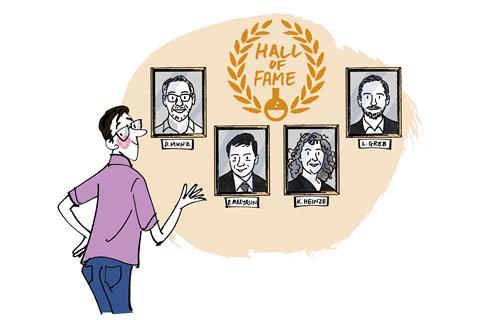
Two years ago, I introduced the concept of a chemist who seamlessly integrates theory and experiment – not merely blending data from both sides but synthesising them in a meaningful and profound way. The concept of a chemist capable of bridging disparate worlds and driving scientific progress in these turbulent times: chemist v2.0.
Nevertheless, wishful thinking has never been the path to scientific advancement. It seems, therefore, rather important to prove that this concept is not just a vision of the future but already a reality.
To explore this, I interviewed several leading researchers who embody the principles of chemist v2.0.
Dominik Munz, professor of coordination chemistry at Saarland University, Germany, is a full-fledged chemist v2.0 and a prominent figure in the field of organometallic chemistry. After training as a physical organic chemist, integrating theory and experiment early on, computationally guided experiments proved effective during his PhD.
‘Integrating theory and experiment into one person saves time, enhances creativity in project development, and better prepares graduates for interdisciplinary challenges,’ he says. ’Although it initially requires extra effort, it subsequently reduces misinterpretations and redundant work. Many experimentalists are unaware of theory’s potential, while theoreticians may miss experimental priorities.’
‘Curiosity, motivation and problem-solving are key for chemist v2.0,’ Munz continues. ’In that sense, modern chemical education should embed computational chemistry into synthesis and spectroscopy. Numerous institutions are already taking this step further by incorporating coding and artificial intelligence, which I believe is crucial to the next generation of chemists.’
Lutz Greb, professor of inorganic chemistry at Heidelberg University, Germany, has witnessed this increased institutional support for chemist v2.0.
It leads to deeper insights and a more impactful research trajectory
‘In my department, lectures and courses are adapted to such new concepts, providing a mix of theory and experiment. I also see a growing appreciation for proposals that combine theory and experiment. However, funding agencies could take a more proactive role by explicitly encouraging interdisciplinary proposals and fostering collaborations that leverage the strengths of both fields.’
Greb recognises that balancing both approaches demands additional time and effort from a researcher. ‘However, I believe this investment pays off significantly, as it leads to deeper insights and a more impactful research trajectory,’ he says. ‘I believe the PhD phase is particularly well-suited for this dual training, as it offers sufficient time to develop expertise in both areas.’
Leading photochemist Katja Heinze, professor of inorganic photochemistry at the Johannes Gutenberg University of Mainz, Germany, agrees. She has combined spectroscopy and theory since her PhD.
‘Introducing concepts from computational chemistry in undergraduate curricula is very fruitful and reduces fears,’ she says. ‘For PhD students, it makes them much more involved when calculating their “own molecules”.’ However, she acknowledges that chemist v2.0 cannot do everything, and there are cases ‘where specialists are really needed’.
Indeed, while the advantages of a chemist v2.0 are clear, one must not forget the importance of specialisation. As Greb says: ‘If uncertainty arises, it’s best to seek input from dedicated experts.’
There is no silver bullet
For example, Boris Maryasin, a junior group leader at the University of Vienna, Austria, combined both theory and experiment during his undergraduate and master’s degrees, but now focuses on theoretical organic chemistry. Nevertheless, his time as a chemist v2.0 continues to influence how he works: ‘I am still striving to bridge the gap by closely collaborating with my experimental colleagues. Stepping out of our comfort zone and speaking both ”languages” seems the only way forward.’
So, what does the future hold for chemist v2.0? Greb says balance is always the key.
‘While there is no silver bullet, curricula should be adaptable enough to accommodate both specialised and interdisciplinary paths,’ he says. ‘I generally offer my team the flexibility to focus on whatever suits them. A key part of the supervisor is to demonstrate that computational methods are no longer the hurdle they were years ago, and many students do realise this after a bit of practice.’
Practice is vital, agrees Maryasin. ‘Developing a deep understanding in both theory and experiment is like training to fence with both hands: difficult, but pays off in the end!’
Heinze is cautiously optimistic about the future.‘Predictions are difficult, especially when they target the future, but it is certainly not wishful thinking to imagine skilled persons combining theory and experiment at a high-quality level,’ she says.
I believe the notion of chemist v2.0 is bound to be with us in the years to come. It tentatively appeared in the past and has quite dynamically spread in the present, so why shouldn’t it be unambiguously established in the future? The needs of modern society demand it.
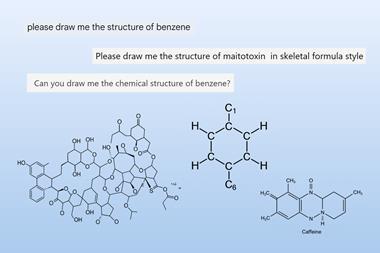

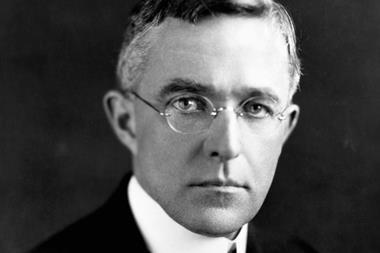
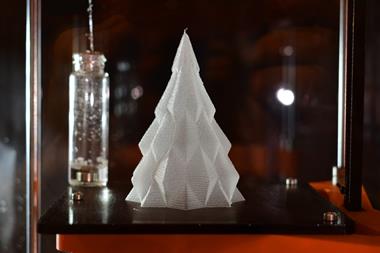
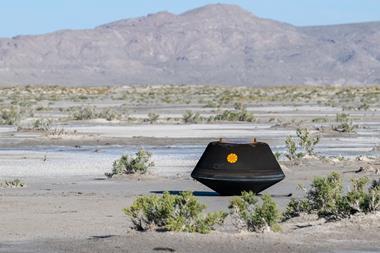



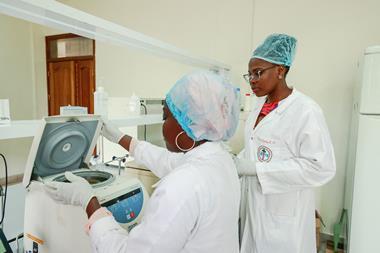
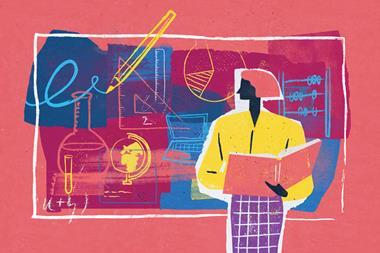


No comments yet